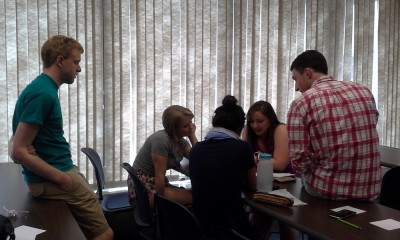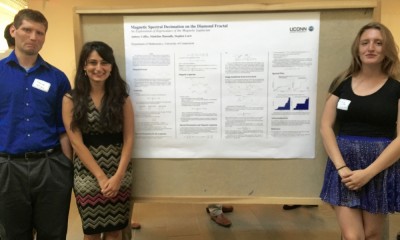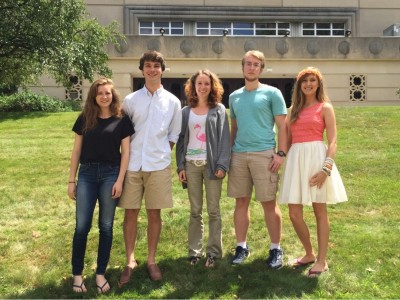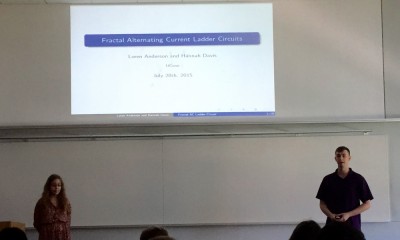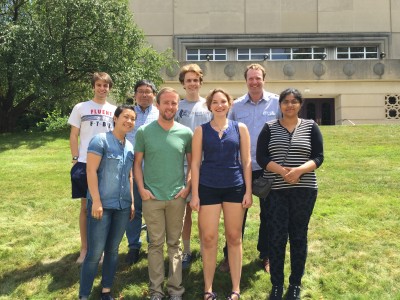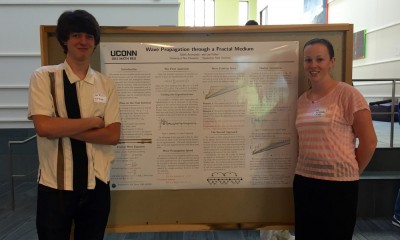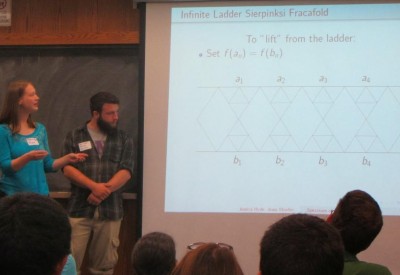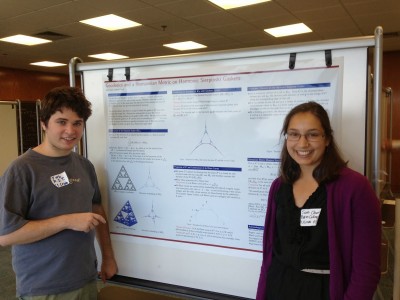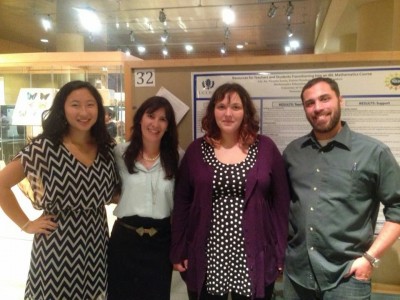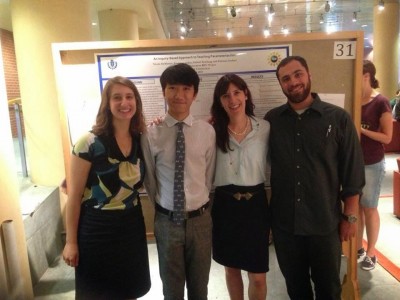Group Members
Supervisors
Kyle Evans
Overview
As today’s world becomes increasingly globalized, there exists a greater need to develop intercultural competence (ICC) in children through education. Three interdisciplinary units were designed by graduate students at UConn in the past year to develop ICC in sixth grade students, but lack assessment tools that track this development over the course of a school year. With a focus on Michael Byram’s model of ICC, we created two assessment tools – a survey and a rubric. The survey contains Likert scale items measuring four dimensions – attitudes towards cultures, knowledge of cultures, mathematics learning, and interdisciplinary learning – along with open-ended questions to add a qualitative component for each dimension. The rubric, designed for teachers, provides a resource for evaluating ICC in students’ interactions and written reflections. The tools have the potential to form a new baseline for assessment of ICC in children and can be refined and adapted for use across school districts and grade levels. In addition, we created three examples of lesson plans – one for third grade, one for sixth grade, and one for ninth grade – that demonstrate how intercultural competence and global issues can be incorporated across different levels of student development while also adhering to the Common Core State Standards for Mathematics.
